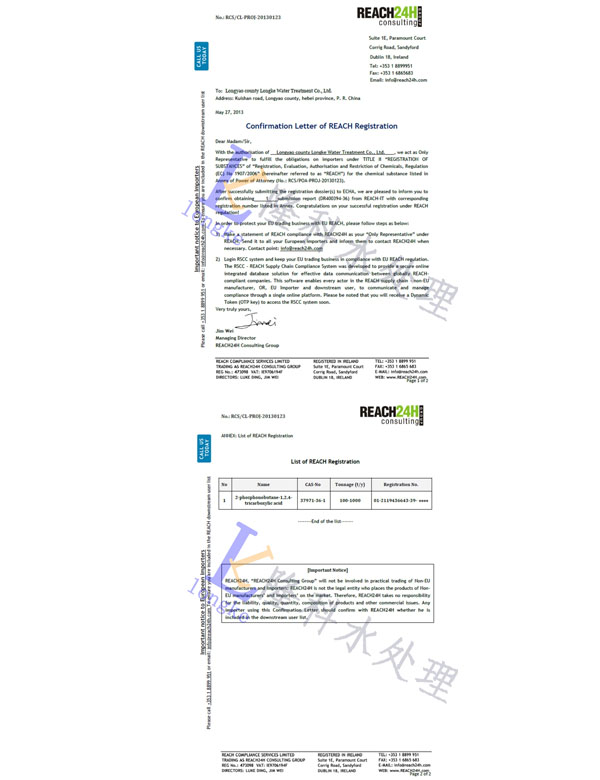Exploring the Role of Polyaluminium Chloride in Effective Water Treatment Solutions and Applications
Polyaluminium Chloride in Water Treatment A Comprehensive Overview
Polyaluminium chloride (PAC) has emerged as a crucial chemical compound widely utilized in water treatment processes. Its effectiveness in removing impurities from water and its versatile applications make it a preferred choice for various industrial and municipal water treatment facilities. This article delves into the characteristics, applications, benefits, and considerations associated with the use of PAC in water treatment.
Polyaluminium Chloride in Water Treatment A Comprehensive Overview
The primary application of PAC is in the treatment of drinking water, wastewater, and industrial effluents. In drinking water treatment, PAC is used to remove turbidity, color, and organic matter, thus ensuring the water meets safety and quality standards. In wastewater treatment, it aids in the removal of heavy metals, phosphates, and other contaminants, making the treated water suitable for discharge or reuse. Additionally, PAC is utilized in various industries, including paper manufacturing, textile dyeing, and oil refining, where water quality plays a significant role.
polyaluminium chloride water treatment

One of the significant advantages of using PAC over traditional coagulants like alum is its efficiency at lower doses. PAC achieves comparable or even superior coagulation with a smaller quantity, which can lead to reduced costs and less sludge production in the treatment processes. Furthermore, the rapid settling of flocs formed by PAC promotes quicker separation of solids, thereby enhancing the overall efficiency of the treatment system.
Another benefit of PAC is its broader pH range for optimal coagulation compared to other coagulants. PAC remains effective across varying water pH levels, making it suitable for diverse water sources. This flexibility is particularly beneficial in regions where water quality can fluctuate significantly. Moreover, PAC’s ability to operate effectively in low-temperature conditions is another advantage, allowing for year-round water treatment without compromising efficiency.
While the benefits of using PAC are substantial, there are considerations that operators must address. The chemical must be handled with care, as it is an aluminum-based compound that can lead to aluminum accumulation in the environment if not managed correctly. Monitoring of residual aluminum levels in treated water is crucial to ensure compliance with health regulations and to prevent potential adverse effects on aquatic life and human health.
In conclusion, polyaluminium chloride plays a pivotal role in modern water treatment processes, offering effective solutions for purifying drinking water and treating wastewater. Its advantages, including efficiency, versatility, and reduced sludge production, make it an attractive option for water treatment facilities worldwide. However, responsible management and monitoring are necessary to mitigate any environmental risks associated with its use. As water quality continues to become a pressing global issue, the role of PAC in ensuring safe and clean water supplies will undoubtedly remain significant.
-
Pbtc Scale InhibitorPBTC: A Scale Protector for Industrial Water TreatmentNewsAug.05,2025
-
Organic Phosphonate: An Efficient Defender in the Field of Scale InhibitionNewsAug.05,2025
-
Hydrolyzed Polymaleic Anhydride: Green Pioneer in Scale Inhibition FieldNewsAug.05,2025
-
PAPEMP Polyamino Polyether Methylene Phosphonic Acid For SaleNewsAug.05,2025
-
Flocculant Water Treatment: A Pioneer in Purification in the Field of Water TreatmentNewsAug.05,2025
-
Benzyl Isothiazolinone: An Efficient and Broad-Spectrum Antibacterial Protective GuardNewsAug.05,2025





